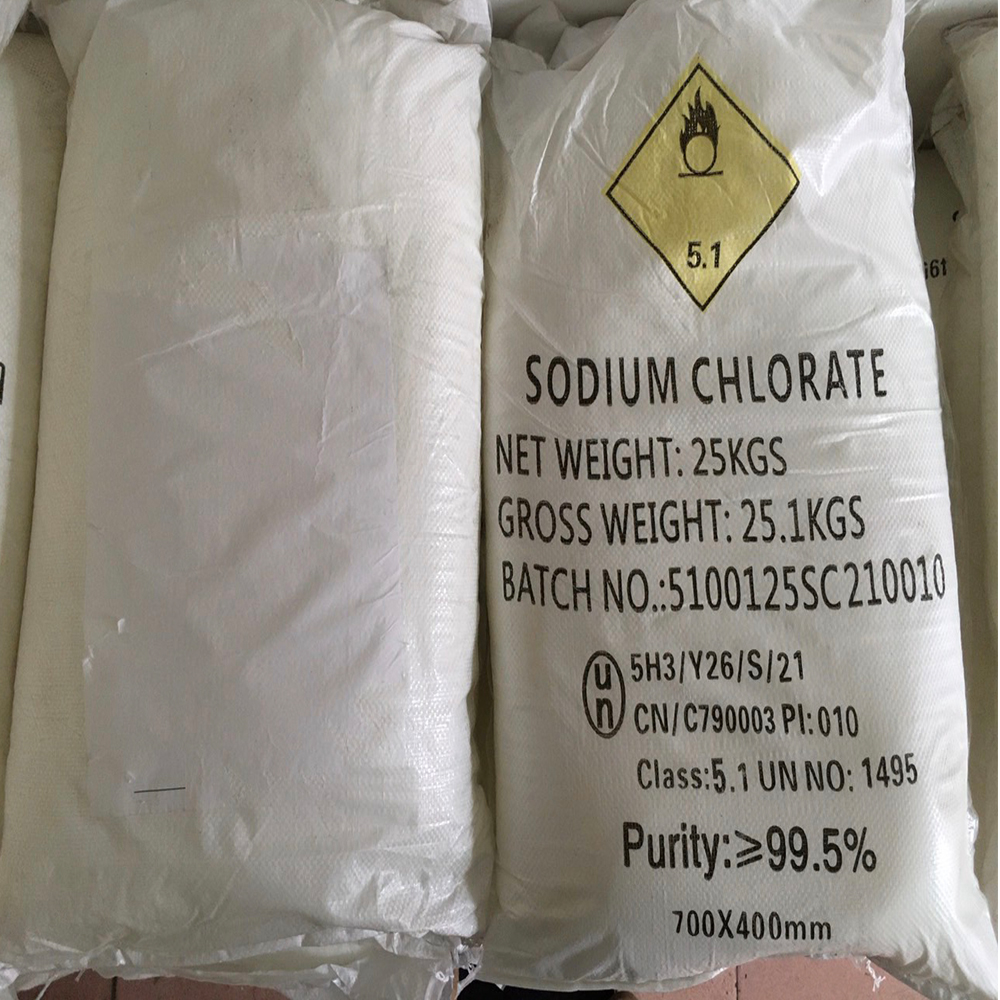



sodium hydroxide from salt water
The Production of Sodium Hydroxide from Salt Water
Sodium hydroxide, commonly known as caustic soda, is one of the most widely used chemicals in various industries. Its applications range from the production of soap and detergents to the manufacturing of paper and textiles, as well as in the food industry. Traditionally, sodium hydroxide is produced through the electrolysis of brine (saltwater), a process that transforms the sodium chloride present in salt into sodium hydroxide, chlorine gas, and hydrogen gas. Understanding this process, its implications, and its importance is crucial in the context of modern chemical production.
The Electrolysis Process
The electrolysis of saltwater involves passing an electric current through a concentrated solution of sodium chloride. The brine is typically prepared by dissolving common table salt (NaCl) in water. Once the brine solution is ready, it is subjected to electrolysis in a specially designed electrolytic cell. During this process, several important chemical reactions occur at the anode and cathode.
At the anode, chloride ions (Cl⁻) are oxidized to produce chlorine gas (Cl₂)
\[ 2Cl⁻ \rightarrow Cl₂ (g) + 2e⁻ \]
At the cathode, water is reduced to produce hydrogen gas (H₂) and hydroxide ions (OH⁻)
\[ 2H₂O + 2e⁻ \rightarrow H₂(g) + 2OH⁻ \]
The hydroxide ions generated at the cathode combine with the sodium ions (Na⁺) present in the brine to form sodium hydroxide (NaOH)
\[ Na⁺ + OH⁻ \rightarrow NaOH \]
Thus, the end products of this process are sodium hydroxide, chlorine gas, and hydrogen gas, which can be collected and utilized for various industrial purposes
.Importance and Applications
sodium hydroxide from salt water

Sodium hydroxide produced from saltwater is integral to many chemical processes. Its most common applications include
1. Manufacturing Processes Sodium hydroxide is used in the production of a wide range of chemicals, including the famous soap and detergents, as it reacts with fats and oils to produce soap through a process called saponification.
2. Paper Production In the paper industry, sodium hydroxide plays a crucial role in the pulping process by breaking down the lignin that binds cellulose fibers together. This leads to the production of high-quality paper.
3. Textiles The textile industry also relies on sodium hydroxide for mercerizing cotton, which enhances the fabric’s strength, luster, and dye uptake.
4. Food Industry Sodium hydroxide is used to process various food items and as a pH control agent in food production, ensuring safety and quality.
5. Water Treatment It is essential for neutralizing acidic water and for removing heavy metals and other contaminants from water in wastewater treatment.
Environmental Considerations
While the electrolysis of saltwater to produce sodium hydroxide is largely effective, it is not without environmental implications. The chance for chlorine gas to be released into the atmosphere poses potential health risks if not managed properly. Additionally, the potassium and calcium impurities found in salt can result in unwanted by-products that complicate waste management and purification strategies.
Moreover, the energy-intensive nature of the electrolysis process raises concerns about sustainability. Therefore, ongoing research is focusing on ways to improve the energy efficiency of this method and to develop alternative processes that could mitigate environmental impacts.
Conclusion
The production of sodium hydroxide from saltwater through electrolysis is a fundamental chemical process that supports a myriad of industries. As society continues to prioritize sustainability, innovations in this area are necessary to reduce environmental impacts while maintaining the supply of this vital chemical. Understanding this process is crucial not just for industry stakeholders but also for consumers who depend on the products derived from sodium hydroxide. As we mesh our knowledge with innovative practices, the sustainable production of sodium hydroxide can be attained, serving both industry and the environment.
-
Why Sodium Persulfate Is Everywhere NowNewsJul.07,2025
-
Why Polyacrylamide Is in High DemandNewsJul.07,2025
-
Understanding Paint Chemicals and Their ApplicationsNewsJul.07,2025
-
Smart Use Of Mining ChemicalsNewsJul.07,2025
-
Practical Uses of Potassium MonopersulfateNewsJul.07,2025
-
Agrochemicals In Real FarmingNewsJul.07,2025
-
Sodium Chlorite Hot UsesNewsJul.01,2025










